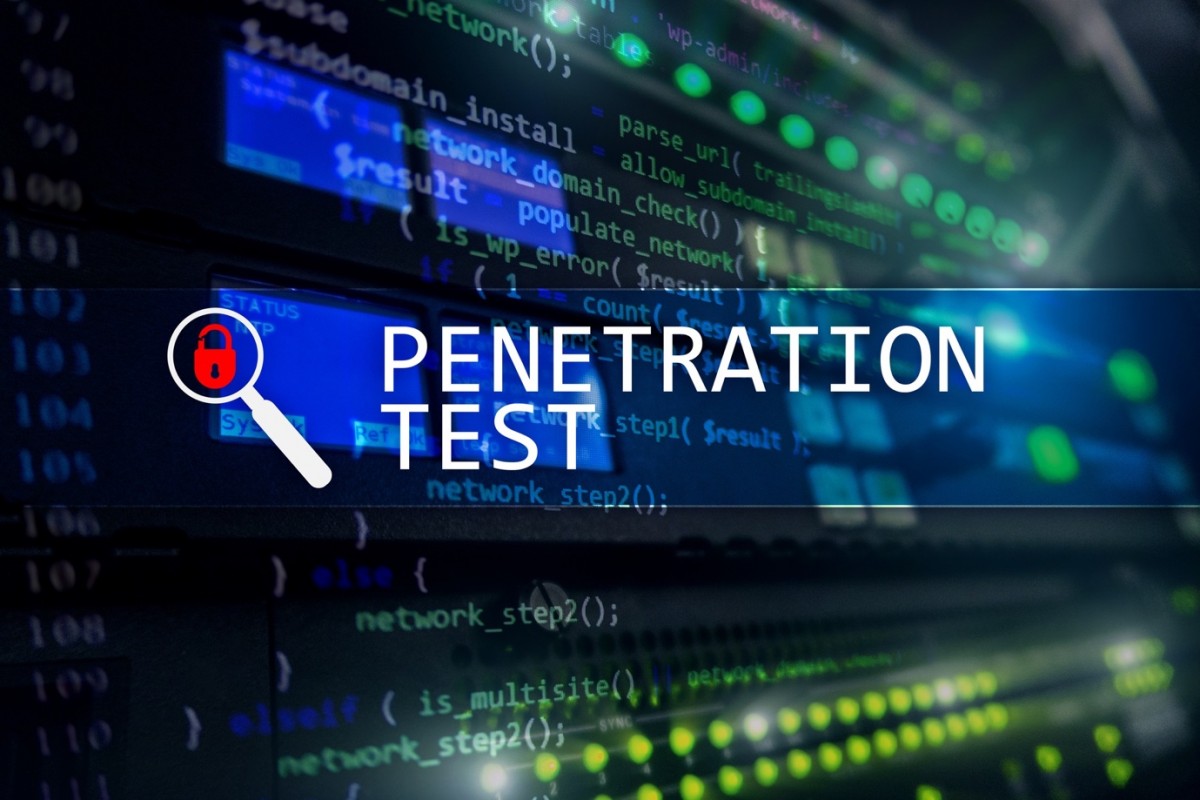Web security is the practice of safeguarding websites, web applications, and online services from potential cyber threats and vulnerabilities. It encompasses various techniques, tools, and best practices aimed at minimizing the risk of unauthorized access, data breaches, and other malicious activities. Penetration testing, or “pentesting,” is a crucial aspect of web security that involves simulating real-world cyberattacks to identify and evaluate potential weaknesses in a system.
Pentesting is a proactive approach to discovering vulnerabilities before malicious actors can exploit them. It can be performed either manually or with the help of automated tools. Pentesters, also known as ethical hackers, assess the security of web applications and infrastructure by attempting to bypass security measures, identify vulnerabilities, and gain unauthorized access to sensitive data.
Key components of web security and pentesting include:
- Vulnerability assessment: Identifying and evaluating potential weaknesses in a web application or infrastructure, such as outdated software, misconfigurations, or insecure code.
- Exploitation: Simulating cyberattacks to exploit identified vulnerabilities, which may involve techniques such as SQL injection, cross-site scripting (XSS), or remote code execution.
- Reporting: Documenting the findings of the pentest, including vulnerabilities discovered, exploited, and any sensitive data accessed. This report helps organizations understand their security posture and prioritize remediation efforts.
- Remediation: Addressing identified vulnerabilities by implementing patches, updates, or changes in configurations to strengthen the security of the system.
- Retesting: Performing follow-up pentests to ensure that vulnerabilities have been adequately addressed and new vulnerabilities have not been introduced.
Organizations should regularly conduct pentesting as part of their overall web security strategy. In addition to identifying vulnerabilities, pentesting helps to validate security controls, ensure compliance with industry standards (e.g., PCI DSS, HIPAA, GDPR), and maintain customer trust.
There are several types of pentesting, including:
- Black-box testing: The pentester has no prior knowledge of the target system and relies on publicly available information to perform the assessment.
- White-box testing: The pentester is given full access to the system’s source code, documentation, and other relevant information, allowing for a more in-depth analysis.
- Grey-box testing: A combination of black-box and white-box testing, in which the pentester has partial knowledge of the system.
Web security and pentesting are essential to protect organizations from cyber threats and maintain the integrity, confidentiality, and availability of their online assets.
